Looking for a non-hormonal muscle builder with actual science behind it? Supplement industry pioneer Mark Glazier's new brand, Unbound, has just the answer: BYLD.
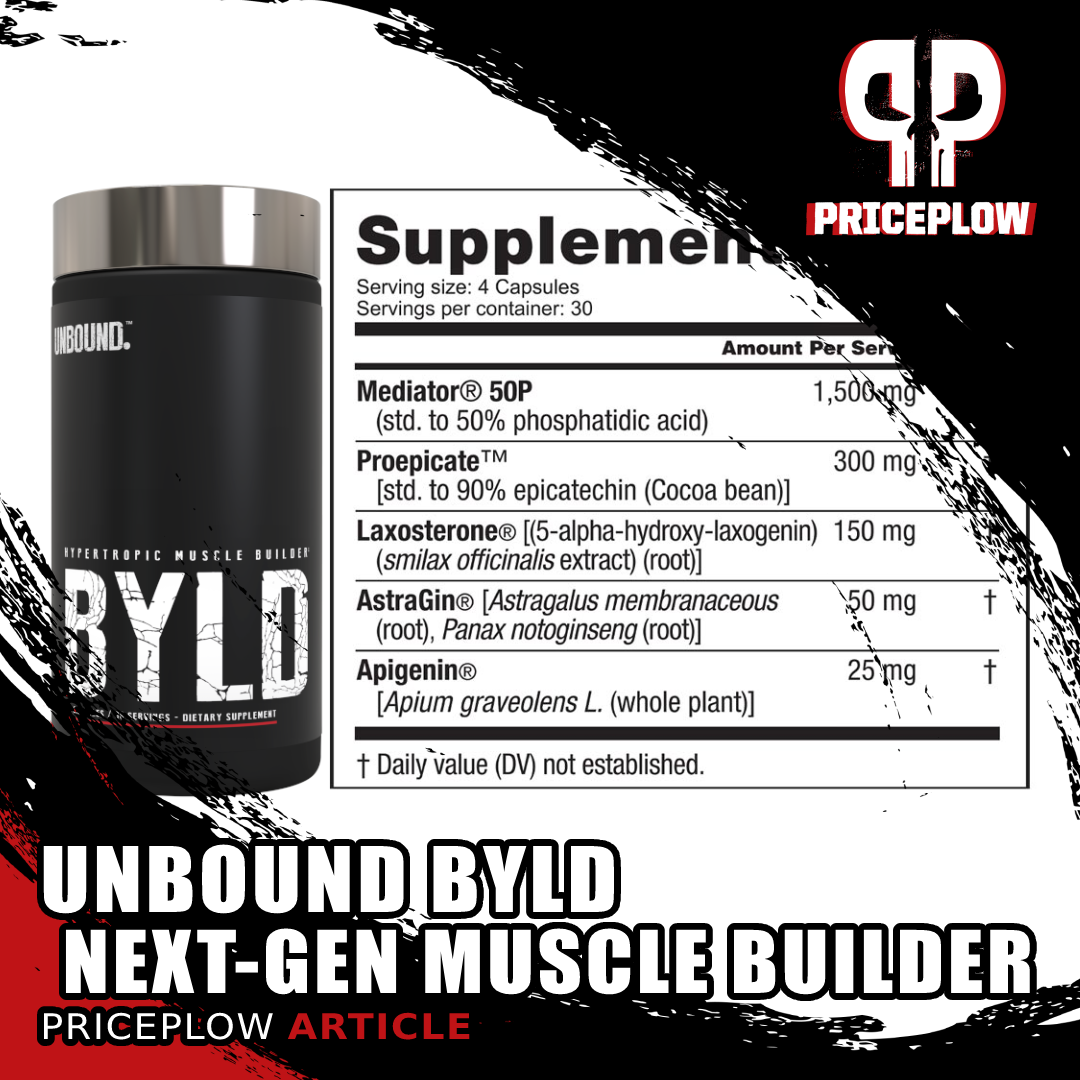
UNBOUND BYLD: A muscle builder that's unequaled, with a full 750mg yield dose of Phosphatidic Acid inside!
It's made in his world-class NutraBio facility, but with Unbound and supplements like BYLD, you'll get the next generation of ingredients. When it comes to muscle building supplements, that's a big deal, because most of us already know about protein, creatine, betaine, and similar ergogenics.
BYLD is what's next. Inside, Unbound takes muscle builders to another level, bringing a 3-in-1 system designed to:
- Activate and enhance muscle protein synthesis via the mTOR pathway
- Decrease myostatin and boost follistatin while enhancing nitric oxide production
- Inhibit aromatase and other enzymes to maintain a hypertrophic environment
This beast of a supplement utilizes a full clinical 750mg yield dose of phosphatidic acid, an ingredient we've long enjoyed -- when we can find it. It's back now, and back in a big way with Unbound's BYLD.
The details are below, and obviously we're excited, but first be sure to check out our Unbound news alerts, since there are several scientific write-ups to follow:
Unbound BYLD – Deals and Price Drop Alerts
Get Price Alerts
No spam, no scams.
Disclosure: PricePlow relies on pricing from stores with which we have a business relationship. We work hard to keep pricing current, but you may find a better offer.
Posts are sponsored in part by the retailers and/or brands listed on this page.
This area is reserved for Team PricePlow's upcoming videos.
Subscribe to our channel and sign up for notifications so you catch it when it goes live!
Unbound BYLD Ingredients
-
Mediator 50P (std. to 50% phosphatidic acid) - 1,500mg
Finally! After years of researching and writing about phosphatidic acid, we are thrilled to see a full clinical dose of 1.5 grams at 50% (yielding 750mg actual PA). This is clearly the major selling point and differentiator for BYLD, which you can see on NutraBio CEO Mark Glazier's social media feed:
We cut no corners on BYLD. It's an outstanding Muscle Builder. The only product on the market that has the full 1500 dosage of Mediator 50P and that's just the start. Check it out....
-- Mark Glazier, NutraBio & Unbound CEO[1]
It's been far too long, so this article will focus heavily on this ingredient, which we consider the primary reason for buying BYLD.
What is phosphatidic acid?
In just four capsules a day, BYLD brings an extra smack of mTOR signaling and muscle protein synthesis - but you still have to train hard!
Phosphatidic acid is a phospholipid: a type of fat molecule where a phosphate group is bonded to a glycerol backbone. This class of lipids constitute a major portion of our cell membranes, influencing numerous cell metabolism mechanisms.
We often discuss mTOR -- a protein abbreviated from "mammalian target of rapamycin" -- as a key regulator for muscle growth. Over the past couple of decades, the research community has broadly expanded our knowledge of the mechanical functions behind muscle growth -- much of it based upon our learnings of "mechanically-induced mTOR signaling".
Watch muscle cells grow, watch phosphatidic acid get used
To discover how mTOR signaling works to trigger muscle growth and muscle protein synthesis, researchers began an impressive research series with live cellular imaging, watching muscle cells under construction.
What they learned was that an enzyme named phospholipase D is directly responsible for mechanically-induced mTOR signaling. This enzyme breaks phosphatidylcholine into choline and phosphatidic acid, which then goes on to directly activate mTOR![2-9]
Of course, the question then became, can we supplement more phosphatidic acid, and will it help us better signal mTOR and subsequently build more muscle? It's not an easy ingredient to manufacture, but if it works, it's worth trying. It turned out that it works extraordinarily well, especially for a non-hormonal ingredient:
Phosphatidic acid studies in humans: bioavailability
First, researchers had to see if it was even bioavailable and can reach muscle tissues without getting destroyed by the digestive tract. A human-based study showed that phosphatidic acid has very high human oral bioavailability, increasing PA levels in the plasma very effectively.[10]
Trained human strength study: 12.7% squat boost, 2.6% lean body mass improvement!
Next, the researchers recruited trained athletes, giving them either placebo or 750mg phosphatidic acid every day for 8 weeks along with a well-planned resistance training program. After eight weeks, the phosphatidic acid group gained 12.7% squat strength (versus 9.3% for placebo) and had a 2.6% increase in lean body mass (versus just 0.1% for placebo).[11]
Calories consumed were nearly identical between the groups. However, given the small sample group, the differences weren't lage enough to be statistically significant.
Obviously, this was a solid training program, with the placebo group still gaining 9% on their squats, but the lean body mass improvements are extremely telling and warranted another, larger human study.
Human study #2: 5lbs lean muscle mass gained
Next, the researchers followed the same protocol -- 750mg phosphatidic acid taken daily with trained athletes -- for another 8 weeks.
This time, we had the PA group build 5lbs of muscle compared to 2.5lbs in the control group.[12] They also had significantly greater leg press increase compared to control, adding 115lbs as opposed to the control group's 70lbs.
Although fat loss didn't achieve significance, it was close, with the PA group losing 2.8lbs of fat compared to the control group's 1.1lbs of fat lost.[12]
Not "newbie" gains
Two things are important to note:
- These weren't rookie gains - the athletes recruited were already resistance exercise trained!
- The control groups still gained a lot of strength, so these were serious training programs.
When evaluating new ingredients, if we even get past animal research, we often then have to rely on research of elderly subjects, post-surgical subjects, or sick individuals, which doesn't correlate to fit and healthy consumers. In the case of these two studies, phosphatidic acid showed benefits with trained athletes, alleviating those concerns.
Just realize that the gains aren't free - hard work was employed with a real-deal training program.
Safety
Finally, a safety analysis was also performed on blood chemistry and urine values, and the conclusions were "no differences were observed in urinalysis values between the groups" and "no differences at baseline in blood chemistry and hematology between the CON and EXP supplemented groups".[13]
Remember, this is a non-hormonal ingredient.
Unbound is using 1500mg of 50% phosphatidic acid, yielding the clinically-tested 750mg actual PA cited above. This right here is why it's not the cheapest supplement on the market, but as Mark Glazier stated... he spared no expense, and their margins are likely slim on this one.
If you're looking for a next-generation muscle builder, BYLD is already it... and we've only covered one ingredient.
-
Proepicate [std. To 90% epicatechin (Cocoa bean)] - 300mg
Epicatechin's structure looks similar to other known catechins like the popular EGCG from green tea, but it has a whole new batch of benefits and properties
Similar to PA above, we've been following the research on epicatechin for several years, and have enjoyed several products using it. This natural nitric oxide boosting, myostatin-inhibiting compound that comes from cocoa, green tea, and several other plants is a perfect fit for a non-hormonal muscle builder.
Cocoa has many bioactive compounds known as flavonols that yield several benefits,[14] and the most impressive flavonol we've seen is epicatechin (written as (-)-epicatechin and pronounced "minus epicatechin" in studies), which has several performance-enhancing properties on top of its health benefits.[15]
Research has shown several benefits of epicatechin ingestion, including:
- Higher nitric oxide levels and improved blood flow,
- Greater insulin sensitivity,
- Improved lipid levels,
- Lower blood pressure,
- Better skin elasticity, and
- Myostatin inhibition capabilities!
Let's get into the details of these benefits:
Epicatechin's nitric oxide boost
There's a reason why dark chocolate and its flavonols are continually hailed as super foods: (-)-epicatechin. How about we get some without the calories?
A 15-day study had subjects eat 30g dark chocolate (70% cocoa) per day, and saw 54% higher serum nitric oxide levels than the white chocolate control group.[16] This is promising, because dark chocolate has significantly higher levels of epicatechin.
With knowledge that dark chocolate and epicatechin can inhibit nitric oxide's breakdown,[17] we see consistent results in terms of epicatechin's nitric oxide boosting capabilities.
This is great for training pumps, blood pressure, and general health, but will it help build muscle?
First, realize that there is evidence suggesting increased nitric oxide can increase satellite muscle cell growth.[18] But we definitely want more, since we can get NO boosts from nearly any pre workout (especially Unbound's UNBENT stim-free pre workout). This brings us to epicatechin's greatest effect:
Epicatechin and muscle
Myostatin acts as a muscle growth regulator, and generally prevents muscles from growing too big too fast. Adding a layer on top of that, follistatin is a myostatin regulator, preventing myostatin levels from accumulating too high. This system enables controlled muscle growth rates.
Of course, myostatin inhibition and follistatin upregulation have become primary interests in the sports nutrition and athletic industries. Research shows that epicatechin can help us in these areas:
Epicatechin and myostatin / follistatin
A 2014 pilot study recruited six middle-aged men, giving them 1mg/kg of epicatechin twice per day (roughly 175mg epicatechin per day). In just one week, follistatin levels increased by 49.2% and myostatin levels decreased by 16.6%.[19]
This is quite impressive, but realize that it was a small pilot study and there was no placebo group. Worth noting is that hand grip strength increased by 7%, also interesting and somewhat promising after just one week.
The same researchers also tested young mice, and had a 15% myostatin reduction but no change in follistatin levels at similar doses.[19]
Older population: Improvements in myostatin, follistatin, and resistance training
A more recent 8-week study on older adults saw that epicatechin + resistance training was not only yielded significantly better gains in follistatin, follistatin/myostatin ratio, leg press, and chest press better than placebo (unsurprising), but epicatechin + resistance training beat resistance training alone as well.[20]
This study was performed on elderly, but alongside resistance training, epicatechin had the best results on myostatin and follistatin levels![20]
We often see muscle building research start with anti-sarcopenia (muscle wasting) applications, and hope to see it trend into young trained athletes as well.
Epicatechin, muscular endurance, and "extended rest days"
An animal study performed for 15 days showed a significant boost in endurance capacity when rats were given 1mg/kg of epicatechin per day.[21]
What's interesting is that another study showed those same endurance gains, but then the animals maintained their gains without training as long as the epicatechin supplementation continued.[22]
We of course don't recommend training cessation unless you have a good reason to do so, but with this data -- as well as the above anti-sarcopenia data on elderly -- epicatechin seems like a very smart supplement to take when injured, on rest days, or during "strategic deconditioning" cycles.
Also, more endurance can translate to more muscle gains, so long as you actually increase volume and protein along with it - we've seen those effects with other endurance-related ingredients not included in BYLD.
Additional benefits: insulin sensitivity and heart health
One study showed that 100 grams of dark chocolate increased insulin sensitivity and glucose disposal,[17] although we're not sure how much of this effect can be attributed to epicatechin as opposed to the other polyphenols. Finally, numerous studies have shown that epicatechin decreases blood pressure and improves lipid levels,[15-17,23] and this is often attributed to epicatechin itself, although some studies were also just done with mixed cocoa flavonols.
Improved glucose disposal means that we may be able to better use our carbs, and drive them into muscle cells as opposed to fat. On top of allowing you to eat more carbohydrates, better glycogen reload into your muscles can help with recovery, helping you to keep your volume consistently high. And, the carb-pumps look good for most of us!
If you're interested in this, be sure to stack in Unbound's SLYN, a glucose disposal agent supplement that has a label unlike anything we've ever seen.
Back to epicatechin, we were once happy to see 100mg per day. 200mg then became the "gold standard". Not anymore with Mark Glazier in the arena. 300mg is the new standard, and we expect some great benefits to come.
-
Laxosterone [(5-alpha-hydroxy-laxogenin) (smilax officinalis extract) (root)] - 150mg
Laxogenin is classified as a sapogenin, a component of saponins contained in the plant Smilax Sieboldii, a relative of the asparagus plant. Sapogenins belong to a class of plant-based anabolic compounds called brassinosteroids found in the leaves, seeds, and pollen of a number of plants.[24]
Laxogenin is a strength-boosting plant sterol that's one answer to declining strength levels or chasing new PRs.
In short, we're looking at a plant-based anabolic ingredient reported to safely increase strength and help with injury recovery - but only when extracted properly with enhanced bioavailability, which is Laxosterone's claim.
Laxogenin frequently is compared to controlled muscle building agents that have a similar anabolic/androgenic ratio,[25] but to be clear, Laxogenin is not such a controlled substance, and it's not synthesized in a pharmaceutical lab.
Internal study on laxogenin
There isn't much research on laxogenin itself, but in an internal industry-funded study, participants were put into laxogenin and placebo groups and given a 4 week training program with consisting of barbell bench press, barbell bicep curls, seated leg press, and seated leg press, all done at 65% of the maximum exercise.
The results are shown below:
Of course, take these results with a grain of salt, but note that our general anecdotal feedback is that laxogenin seems to provide a dash of strength increase - often helping us squeeze out an extra rep or two at heavy weights when taking it.
Claimed Benefits of Laxogenin
In addition, we have some additional claims based on a new patent application that provides a bit more insight:
- Synergistic with other anabolic agents[26,27]
- Functions as an adaptogen[26,27]
- Reduces pain[26,27]
- Speeds recovery from injury[26,27]
- Improves lipid levels[26,27]
While we're fans of laxogenin, we want to stress that it's non-hormonal and not the primary reason why you'll buy BYLD. However, thanks to the strength increases we often get with the ingredient, it's a great add-on to see.
-
AstraGin [Astragalus membranaceus (root), Panax notoginseng (root)] - 50mg
Now it's time to amplify our absorption and uptake, and then get back to one last hypertrophy-boosting ingredient in BYLD.
AstraGin is a combination of Astragalus and Panax Notoginseng that's been shown to increase ingredient absorption, especially of amino acids!
AstraGin is a popular all-natural ingredient from NuLiv Science that uses Astragalus membranaceus and panax notoginseng in an effort to boost absorption in the intestines through a series of mechanisms.
As a science-based company, NuLiv has performed several research studies on AstraGin and its constituents, noting that it improves the uptake of various ingredients like creatine (not found here) and citrulline (found in Unbound's UNBENT).[28]
How AstraGin works
Research has shown that AstraGinⓇ upregulates mRNA and important transporters like:
- Sodium-glucose cotransport 1 (SGLT1) -- controls sodium-dependent glucose uptake across cells,
- Glucose transporter type 4 (GLUT4) -- helps maintain proper glucose levels,
- Cationic amino acid transporter 1 (CAT1) -- moves amino acids throughout the body.[28]
By boosting these, we see improved cellular uptake of our ingredients and the ingredients in our food and other workout supplements.
Additionally, AstraGin has been shown to improve gut function,[28] which is of crucial importance when attempting to absorb any ingredients. This gives us improved intake through the digestive system on top of the improved nutrient delivery once in the plasma!
BYLD has the full research-based 50mg dose of AstraGin we've seen, helping to increase not only its own ingredients, but those from the rest of your stack as well.
If you're interested in reading more about AstraGin or using it when not on BYLD, see our detailed article on NutraBio UpSorb.
-
Apigenin [Apium graveolens L. (whole plant)] - 25mg
Boosting NAD+ is great, but let's work from the other side of the coin as well - reducing its consumer, the CD38 enzyme. Quercetin, luteolin, and apigenin (found in high concentrations in parsley) are three great ways to do it, and each bring their own other benefits as well![29]
A relative newcomer to the PricePlow Blog (and the muscle building supplement niche in general), apigenin is a bioflavonoid that's been heavily-embraced by the anti-aging community for its potent mitochondrial benefits. We first covered apigenin when researching the NMN NAD+ booster. We suggested stacking in apigenin since it is a CD38 inhibitor,[30] and CD38 is a major consumer of our NAD+[29] that drains NAD+ levels and thus cellular energy as we age.[31,32]
By keeping NAD+ levels high, our mitochondria can function at a higher level, improving basically all metabolic processes. So we're off to a good start in general.
Aromatase inhibition
More specifically, apigenin can inhibit both aromatase[33-36] and 17β-hydroxysteroid dehydrogenase (17β-HSD).[36] Both of these enzymes lead to more estrogen production, so limiting them is of high value when attempting to keep testosterone and our natural testosterone precursors at higher levels.
Improved muscle protein synthesis in animal models
In terms of building muscle, we've seen animal research showing apigenin increased muscle protein synthesis (meaning more hypertrophy / muscle-building) in animal models.[37] The study identified several mechanisms within the mTOR pathway, and we expect to see human research on the matter soon.
Ultimately, with apigenin, our thesis is "healthier mitochondria, healthier muscle". The direct muscle building benefits in humans are to be determined, but the mechanisms lay a path that makes sense to include it in a novel muscle building supplement.
Dosage and Timing
Take 4 capsules of BYLD once daily. On workout days, take it pre workout to enjoy additional nitric oxide boost. On rest days, try to take it at roughly the same time to maintain ingredient plasma levels.
From our point of view, BYLD does not need to be cycled. Generally, however, supplements are to be taken 8 weeks on, 4 weeks off in order to assess effects. We'd see no problem with an extended run if working on a 12- or 16-week prep though.
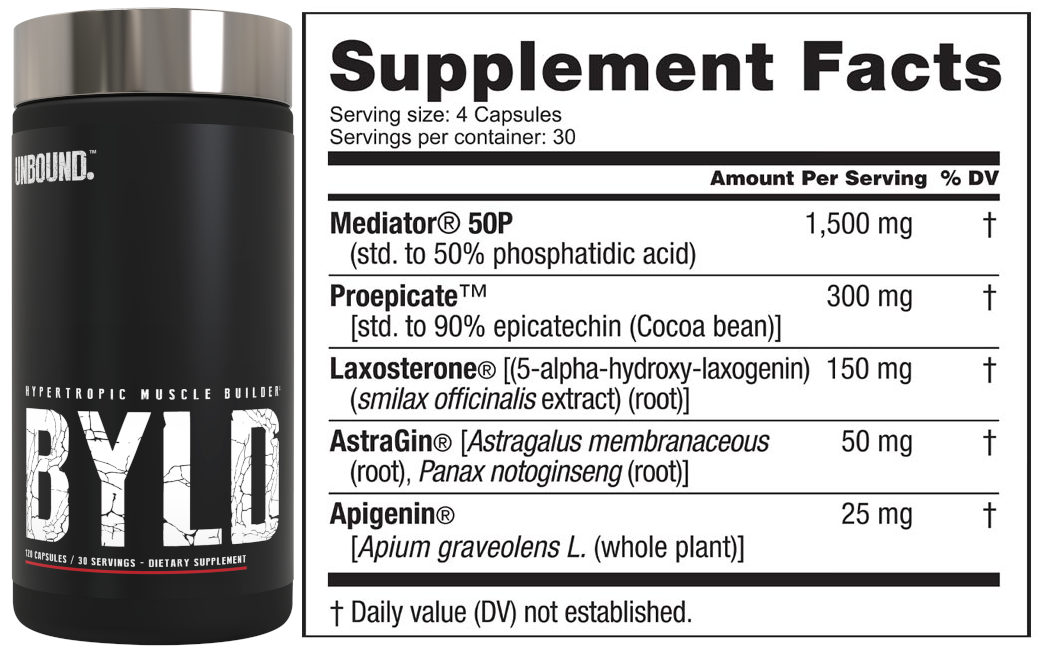
In a time when natural muscle-builders have been lacking, BYLD brings industry-leading dosages of phosphatidic acid and introduces apigenin to the category!
A non-hormonal muscle builder we can get behind
BYLD takes advantage of a huge gaping hole in the sports nutrition market - muscle building supplements. Which is odd, because it's a major market that so few brands are approaching with vigor.
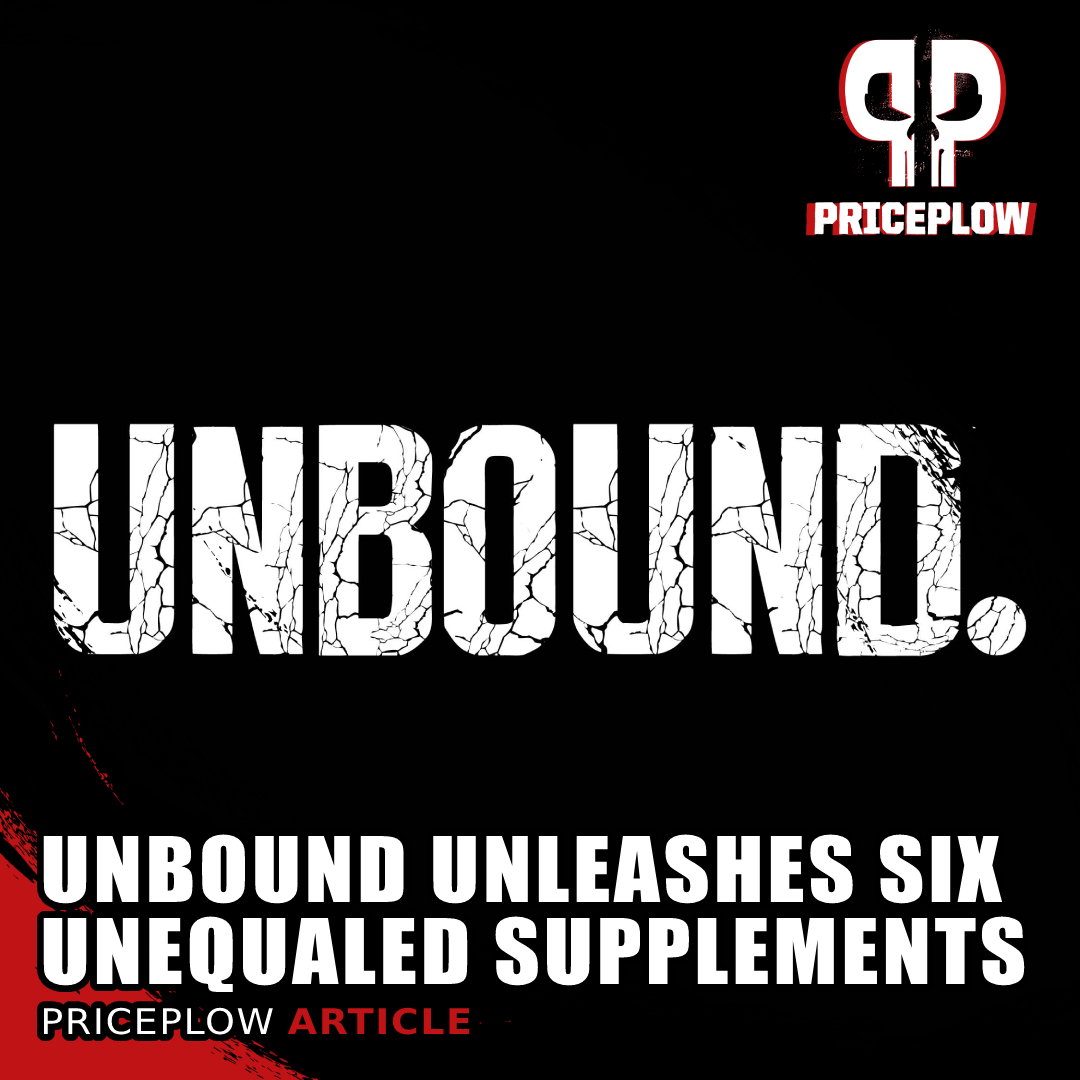
Unbound has launched with six cutting-edge supplements, manufactured in one of the world's most trusted facilities at NutraBio HQ.
We all know the basics, but what are the next generation ingredients? What will actually work, what's not going to trigger a nasty hormonal cascade, and what's not a complete ripoff like so many of the underdosed capsule-based bottles we see in retail stores?
We've long said phosphatidic acid and epicatechin are two such ingredients, but understand that there's no getting around the high price of PA without eating tubs of soy lecithin sludge, and a bar of non-alkalized dark chocolate per day is expensive and a waste of calories that could be spent on beef. We'll stick to this instead.
Mark Glazier and his high-energy team at Unbound made it happen, and they did it in as reasonable a way as possible given the price of these trademarked ingredients.
Now after taking BYLD with UNBENT to get its clinical dose of betaine along with those insane pumps, all you need to add is plenty of beef, NutraBio Creatine and the rest is history.
Unbound BYLD – Deals and Price Drop Alerts
Get Price Alerts
No spam, no scams.
Disclosure: PricePlow relies on pricing from stores with which we have a business relationship. We work hard to keep pricing current, but you may find a better offer.
Posts are sponsored in part by the retailers and/or brands listed on this page.
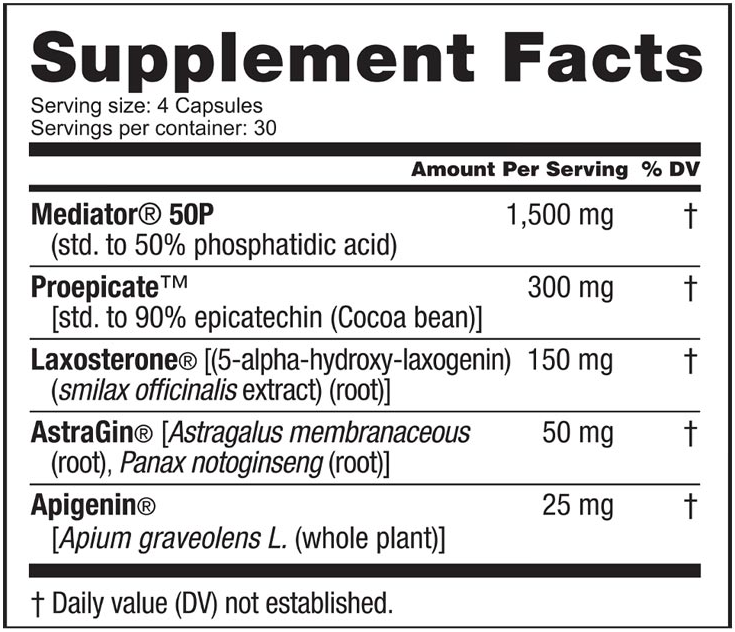
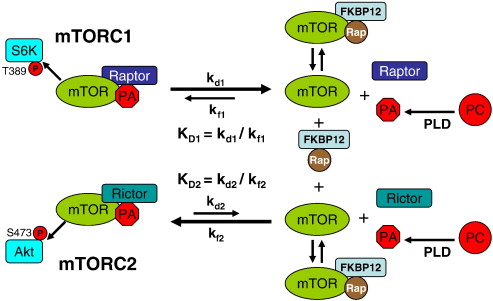
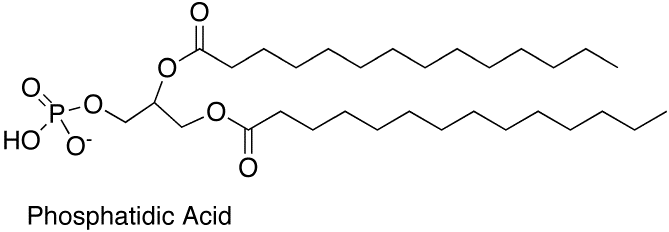
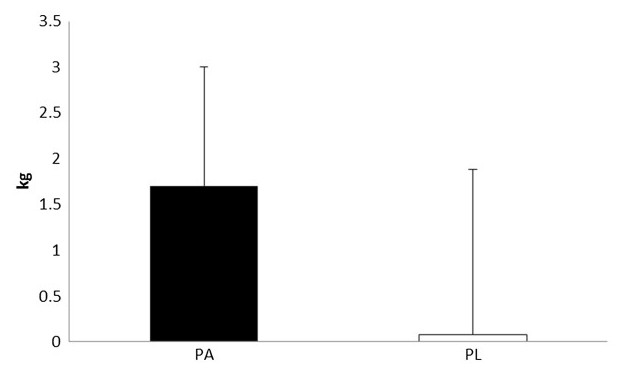
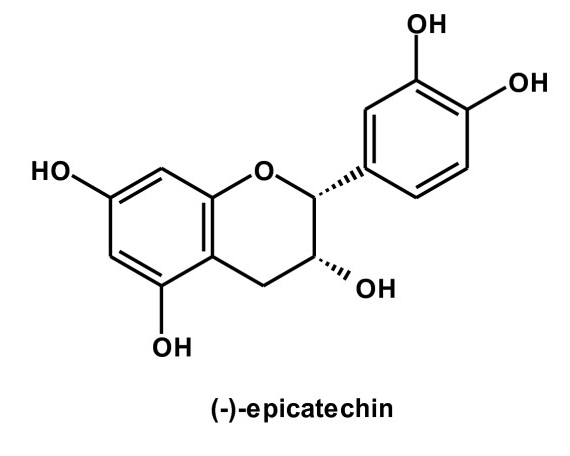

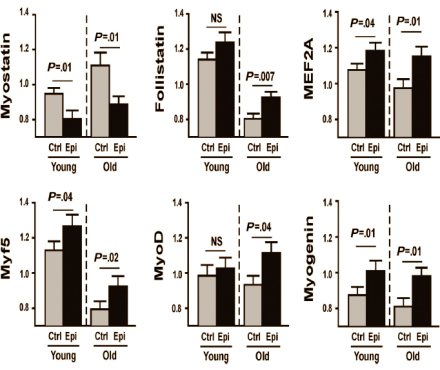
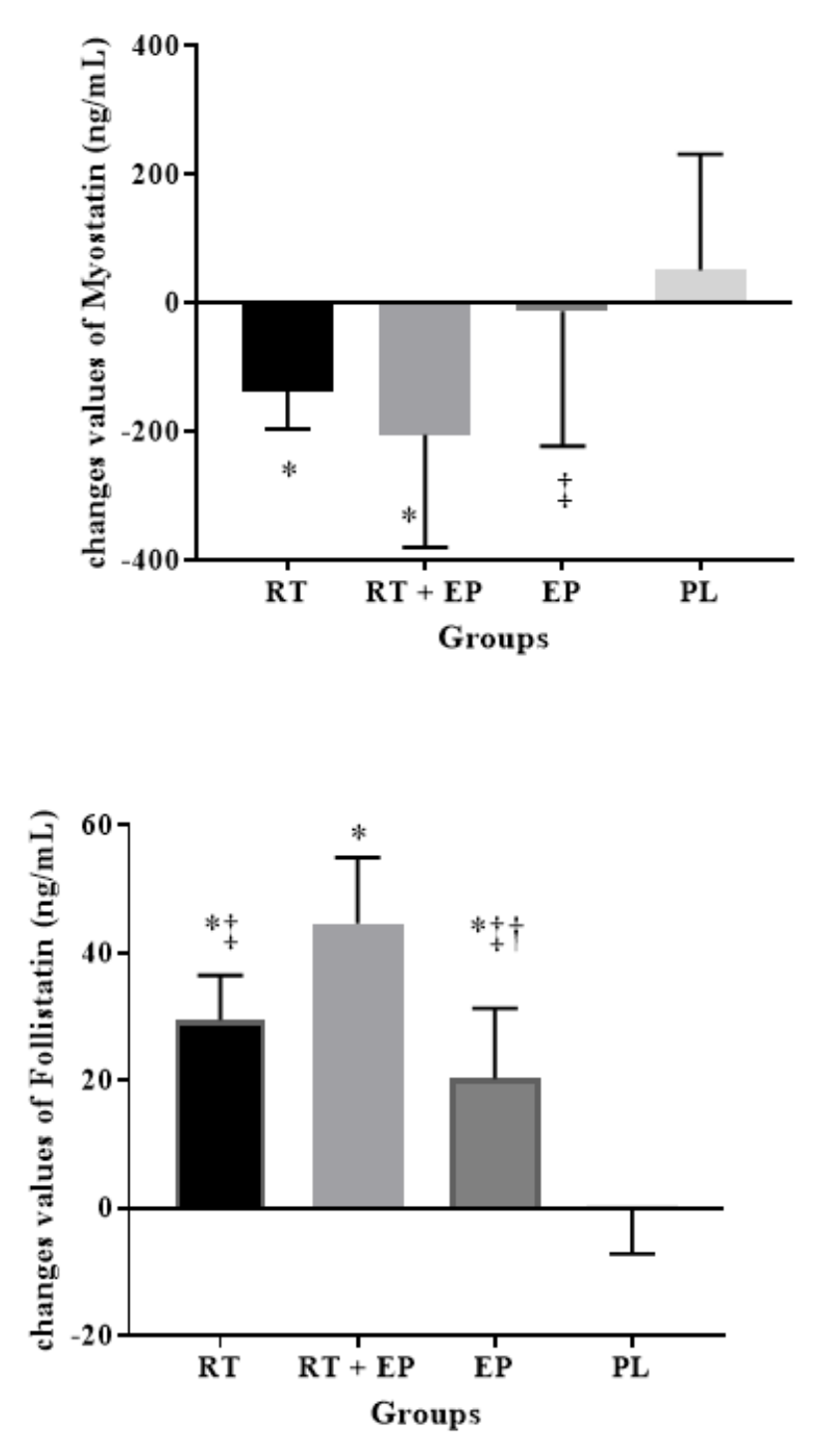

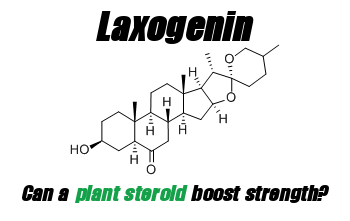
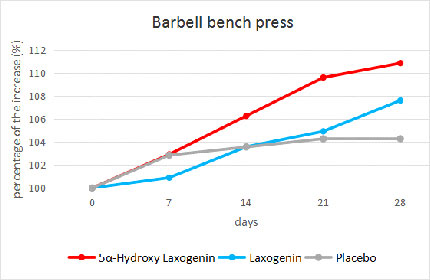
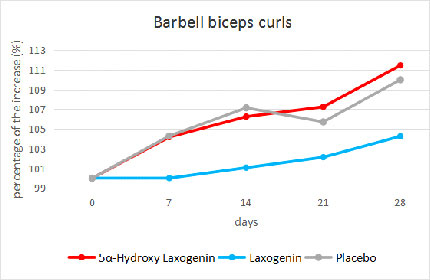
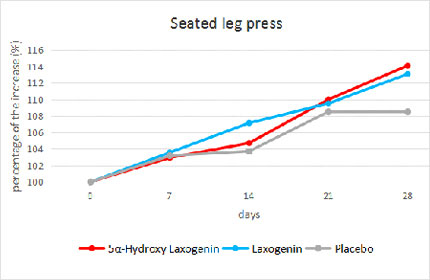
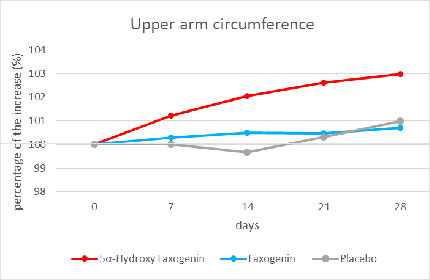
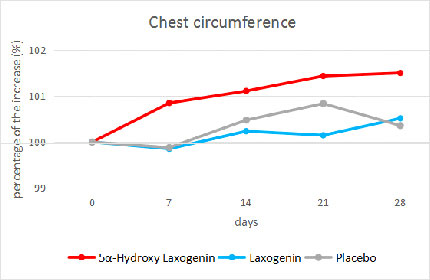
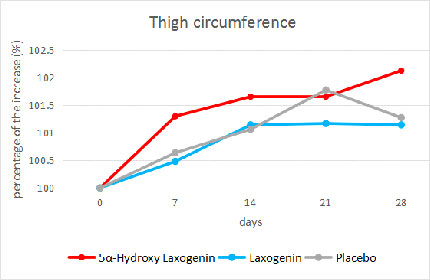

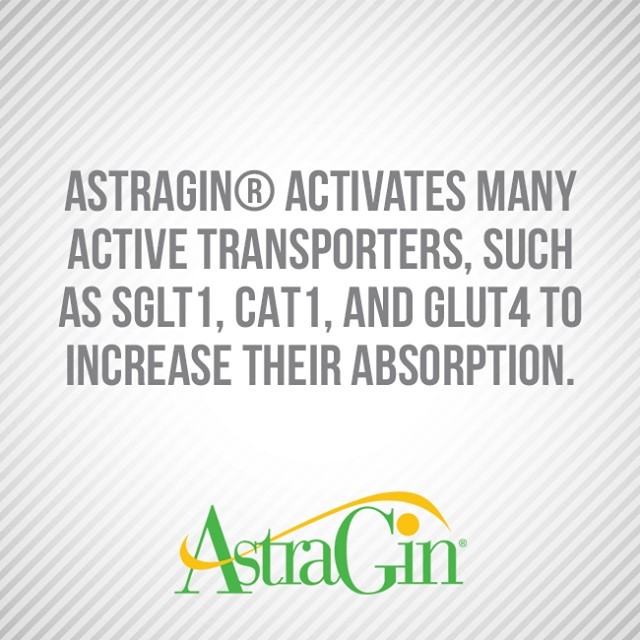
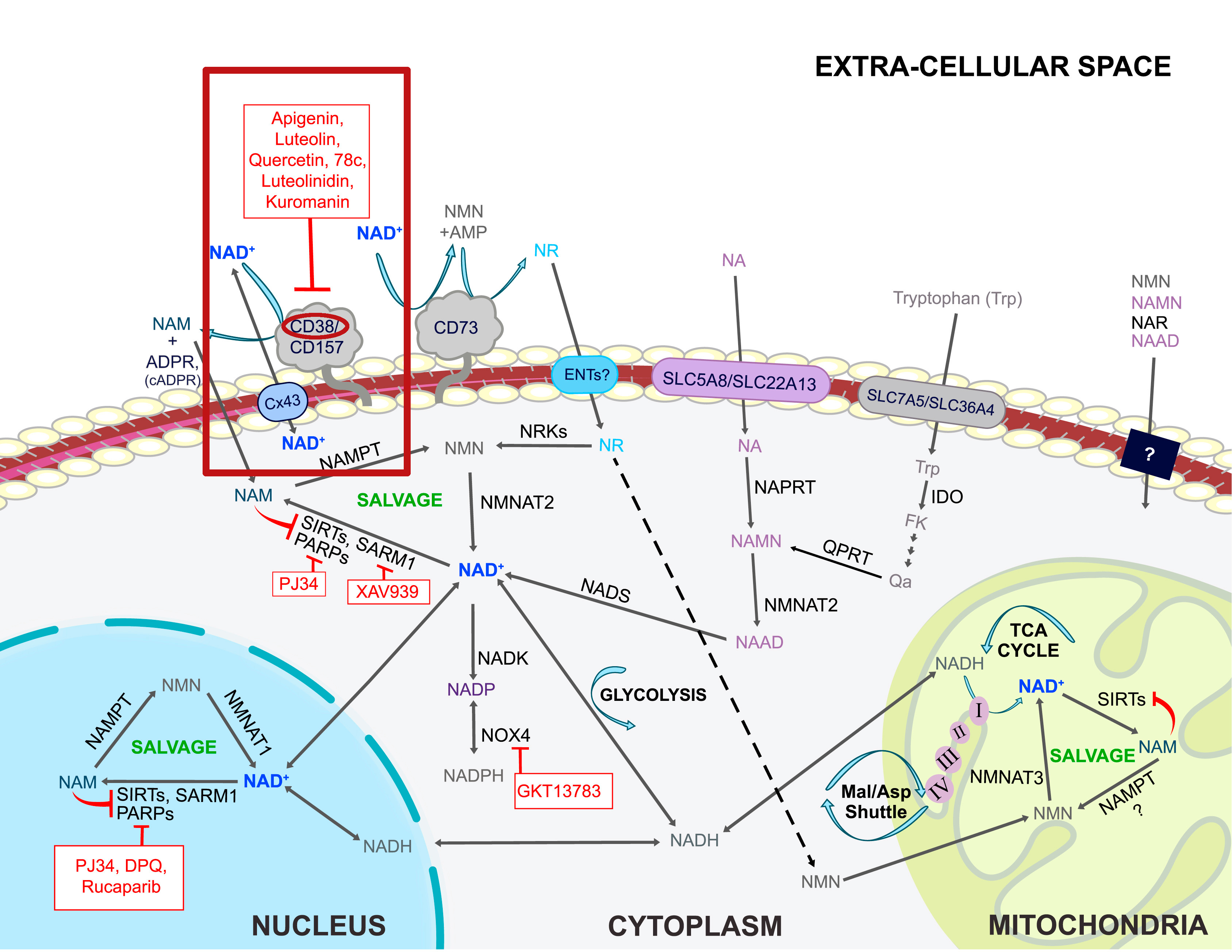
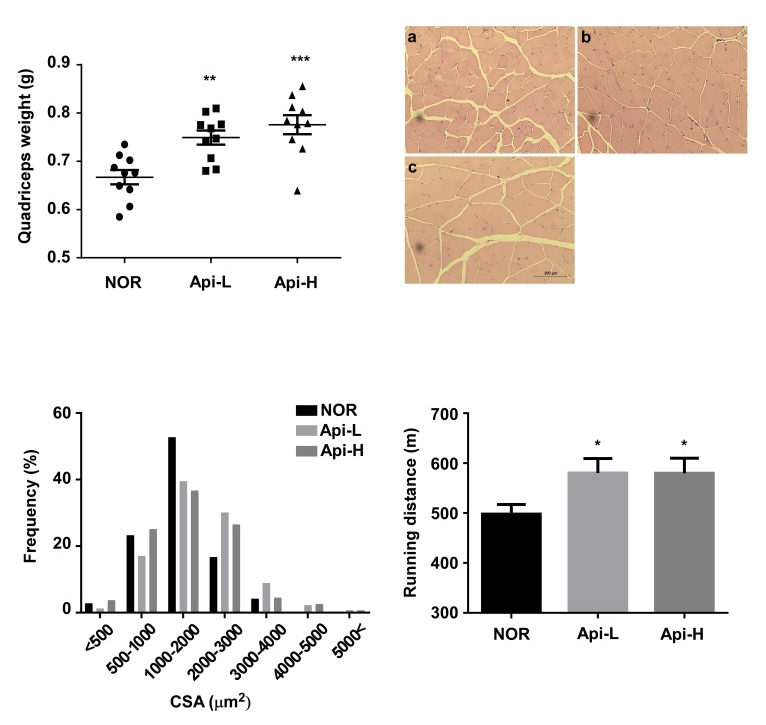


Comments and Discussion (Powered by the PricePlow Forum)